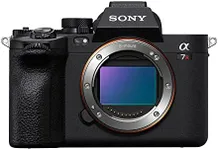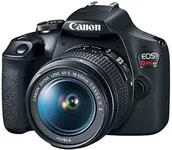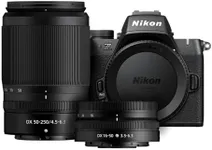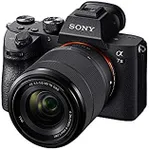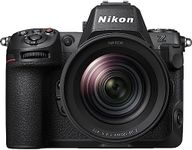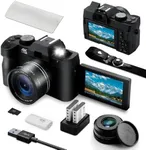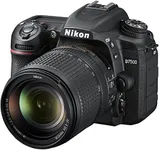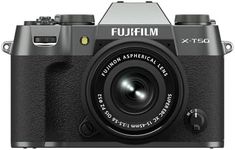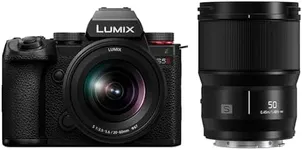Buying Guide for the Best Cameras For Photography
When choosing a camera for photography, it’s important to think about what kind of photos you want to take, your experience level, and how you plan to use your pictures. Cameras come in many shapes and sizes with lots of different features, so understanding the key aspects will help you find a camera that fits your needs and makes photography enjoyable.Sensor SizeThe sensor is the part of the camera that captures light and turns it into an image. A bigger sensor usually means better image quality, especially in low light, and gives you more control over depth of field (the blurry background effect). Common sensor sizes include Full Frame (the largest), APS-C (medium), and Micro Four Thirds (smaller). Full Frame is often chosen by people who want the highest quality and flexibility, while APS-C and Micro Four Thirds are great for smaller, lighter cameras. Think about what you need in terms of picture quality and portability: if you like shooting in low light or want nice background blur, go for a larger sensor, but if you want something compact, a smaller sensor could be perfect.
MegapixelsMegapixels tell you how many tiny dots make up a photo. More megapixels can mean sharper, more detailed pictures—especially if you want to print large photos or crop in tightly. However, for everyday use and sharing online, most modern cameras have plenty of megapixels. If you’re a casual user, you don’t need the highest number; if you’re doing big prints or commercial work, more megapixels can be helpful.
Lens CompatibilityNot all cameras let you change lenses. Cameras with interchangeable lenses (like DSLRs and mirrorless cameras) allow you to use different lenses for different situations, which makes them very flexible. Some cameras come with a fixed lens, which can be simpler but less versatile. If you want to try different kinds of photography—like portraits, landscapes, or sports—choosing a system with lots of lens options is smart. If you want something simple and all-in-one, a camera with a fixed lens might suit you.
Autofocus PerformanceAutofocus is how quickly and accurately the camera can focus on your subject. This is especially important for taking pictures of moving things, like sports or wildlife, or when capturing fast moments. Autofocus systems vary in speed and how well they track movement. If you mostly take portraits or landscapes, basic autofocus is fine, but for action shots or fast subjects, look for a camera with fast and advanced autofocus features.
Shooting Speed (Frames Per Second)Shooting speed, measured in frames per second (fps), tells you how many photos the camera can take in one second. This matters if you want to capture fast action, like sports or wildlife. Cameras with higher fps can take more pictures in a burst, increasing your chances of getting the perfect moment. For most general use, a moderate speed is enough; but for fast subjects, higher speed is better.
Viewfinder TypeThe viewfinder is what you look through to compose your photos. Some cameras have an optical viewfinder, which shows you exactly what the lens sees, while others use an electronic viewfinder (EVF) or just a screen. Optical viewfinders work well in bright light and feel very real, while EVFs can show you useful information and a digital preview. Think about where and how you shoot: if you like a traditional feel and shoot in bright sunlight, an optical viewfinder is nice; for more information and flexibility, an EVF or screen may suit you.
Size and WeightThe size and weight of a camera affects how easy it is to carry and use. Larger cameras may offer better controls and image quality but can be heavy, while smaller cameras are easier to take everywhere but may have fewer features. If you travel a lot or want to carry your camera all day, a lighter option is helpful. If you don’t mind carrying a bit more for the sake of quality, a bigger camera could work well.


